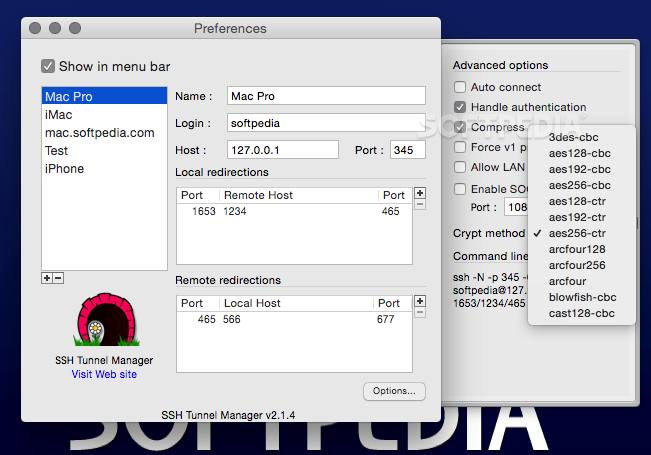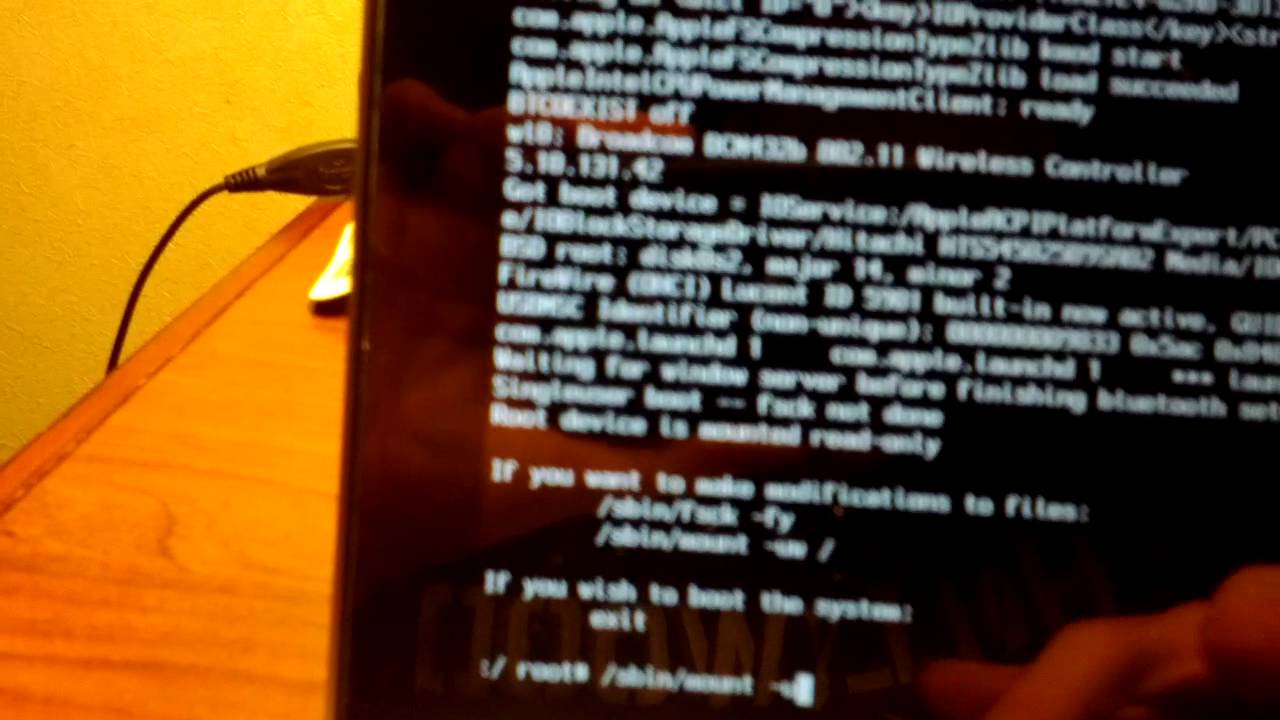

In my case, I’m on OS X, so the way for me to run was on terminal. L Specifies that the given port on the local (client) host is to be forwarded to the given host and port on the remote side. Replacing the text in the brackets with our actual values, it would look like this: ssh -N -p 22 -L 10500:172.19.139.36:50000 The structure of the command would be something like the following: ssh -N -p -L ::
#Ssh tunnel manager for mac windows
On windows it can be done from a local MobaXterm tab, or the Linux Bash Shell added on the Windows 10’s Anniversary Update, and from the regular terminal on OS X o Linux. This is basically an ssh command, with a few more parameters to set. The other way to do it is through a terminal. Once the connection is established, we would be able to get access. Time = "T13:57:10-07:00" level =info msg = "instance identifier is 1879de9f" time = "T13:57:10-07:00" level =debug msg = "generating an empty config struct" time = "T13:57:10-07:00" level =debug msg = "server: " time = "T13:57:10-07:00" level =debug msg = "tunnel: ], server:127.0.0.01:22122]" time = "T13:57:10-07:00" level =debug msg = "connection to the ssh server is established" server = "" time = "T13:57:10-07:00" level =info msg = "tunnel channel is waiting for connection" destination = "192.168.33.11:80" source = "127.0.0.In both cases the information to be completed is pretty straightforward, and that’s what makes it so simple. INFO execute "mole stop afb046da" if you like to stop it at any time $ mole show logs -follow afb046da | Computer |-| Server |Īccess a service that is listening on a non-routable network +-+ +-+ Mole can help you to access and/or expose services outside the perimeter network that are blocked by a firewall or unreachable, as long as the user has ssh access to a computer (known as Jump Server) with access to the target computer or service.

…or why on Earth would I need something like this? Access a computer or service behind a firewall




 0 kommentar(er)
0 kommentar(er)
